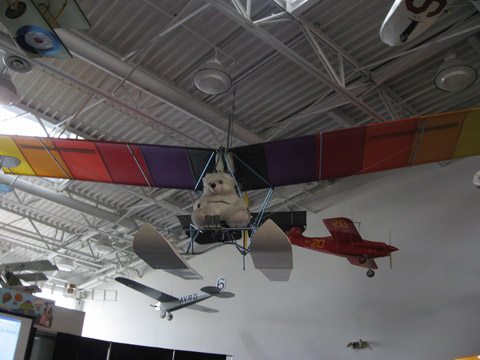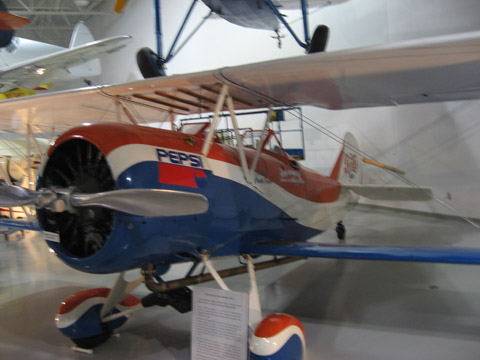White Globe
Many trace cases are often of evidence left by very small objects that are less than one meter in size, such as reports of white globes. Incidents involving white globes are often at very close range. Such devices have been involved in a wide variety of encounters. One such incident resulted in residue being left by a rotating orb that scraped by a car while it was being driven down a road. Upon being studied, the residue was found to be a mixture of unidentified metallic substance and organic matter.
Flying Saucer
Landing locations of flying saucers often leave evidence of three landing legs. When witnessed, these objects are seen to make ground contact. Sometimes humanoids are witnessed at landing locations.
Egg-shaped, Cylinder, Oval
Observations have been made of ojects that are often described as egg-shaped, cylindrical, or oval. These are reported to have a metallic appearance, being 5 to 6 meters in length. When these objects make ground contact, they often leave evidence of 4 landing legs. Dimunitive humanoids are often reported nearby the landing site.
Domed Device
Domed devices are objects that are often estimated to be about 2 meters to 4 meters in diameter. They rarely make ground contact; instead the hover a few feet above the ground. Evidence left by these objects is often swirl formations found in vegatation under where the device hovered.
Some info sourced from: Center for Physical Trace Research (now a dead link; try this similar site: http://www.angelfire.com/mo/cptr)



 Get nearly perpetual power with these
Get nearly perpetual power with these  In real life Star Trek technology news, there's a phrase (not phaser) translator called the
In real life Star Trek technology news, there's a phrase (not phaser) translator called the  I recently had a chance to visit the
I recently had a chance to visit the  One of the more interesting facts promoted at this museum is that there where successful attempts at powered flight long before the Wright Brothers. The
One of the more interesting facts promoted at this museum is that there where successful attempts at powered flight long before the Wright Brothers. The  Another interesting exhibit was the
Another interesting exhibit was the 


 On the biotech front, the cleverly named Institute of Food Research
On the biotech front, the cleverly named Institute of Food Research